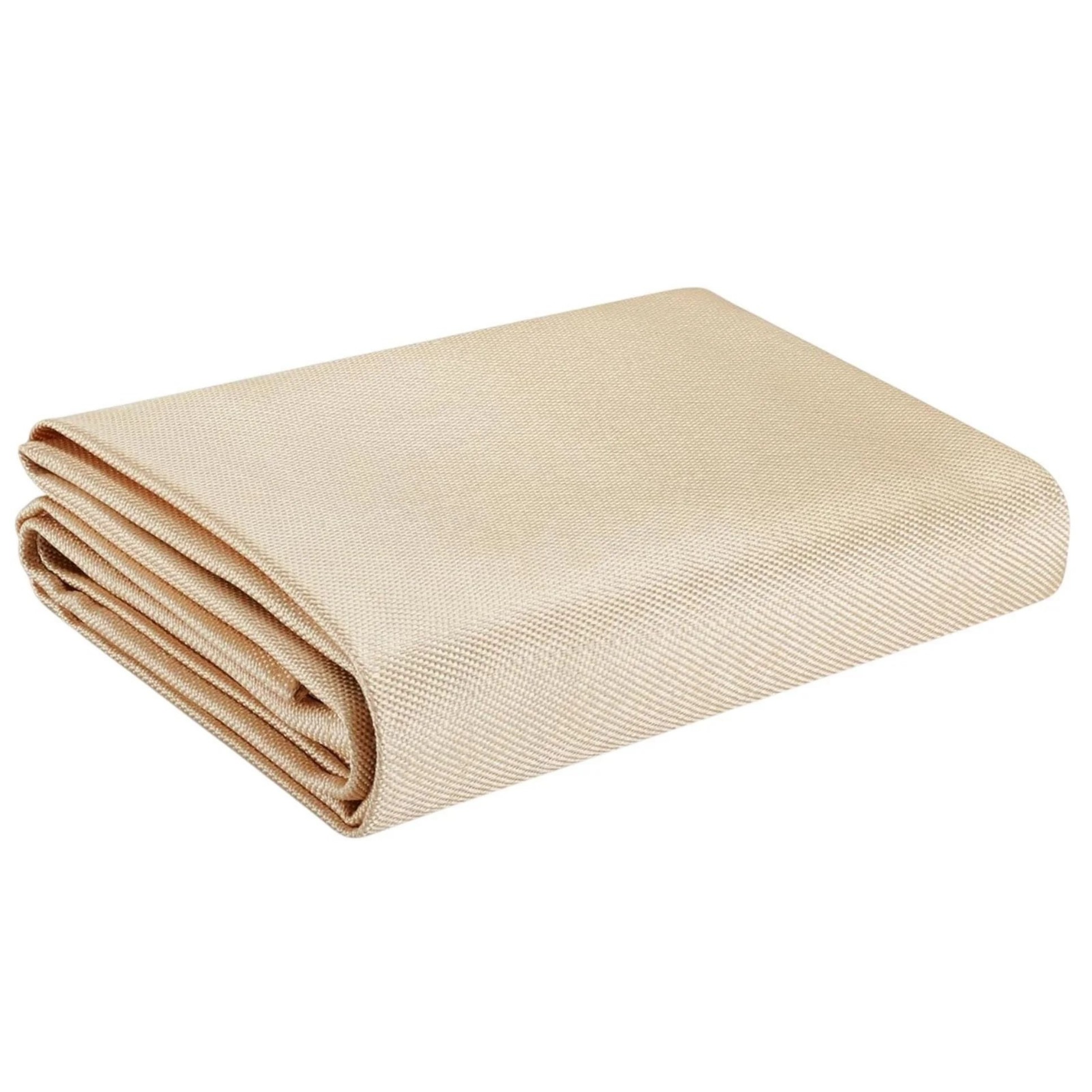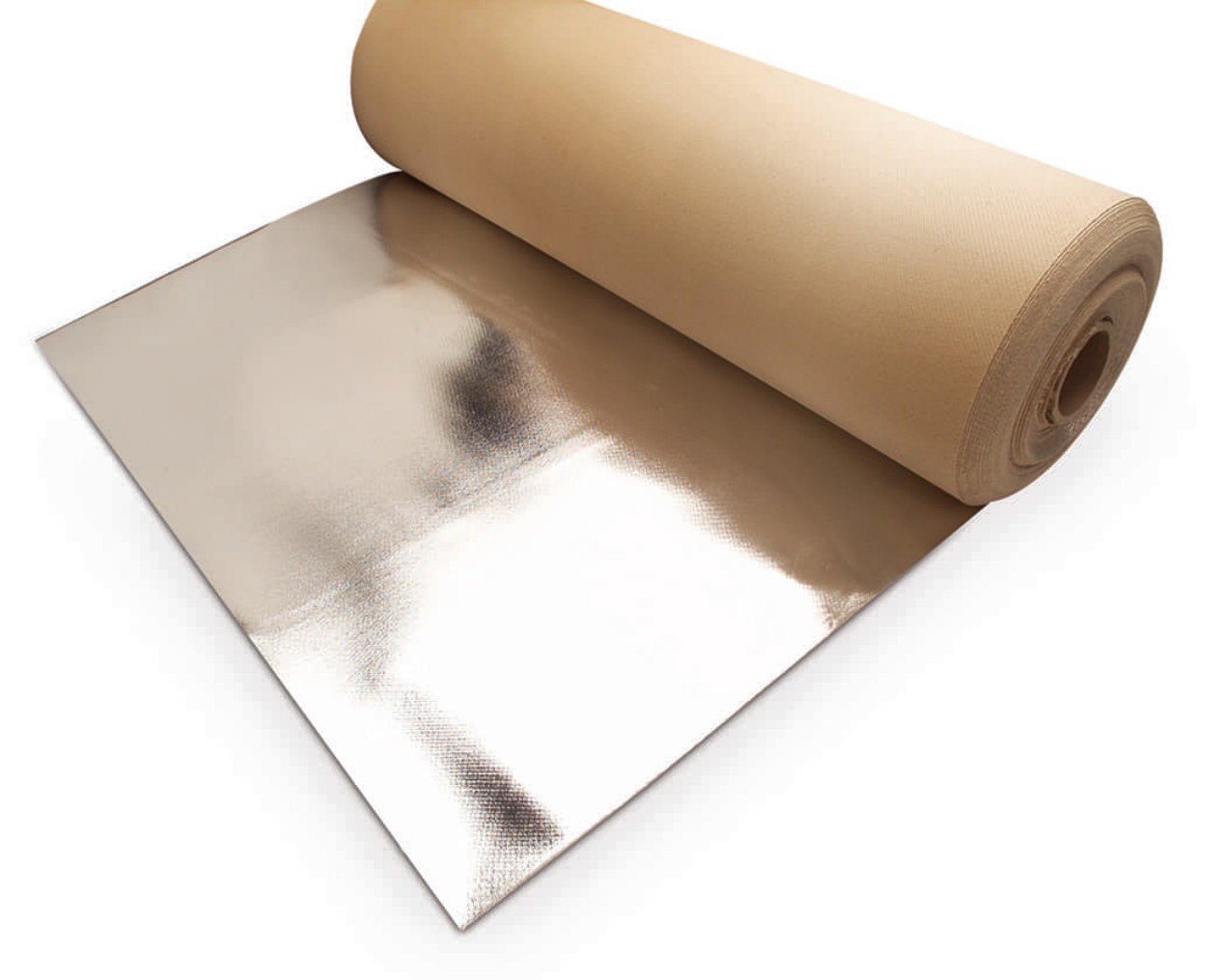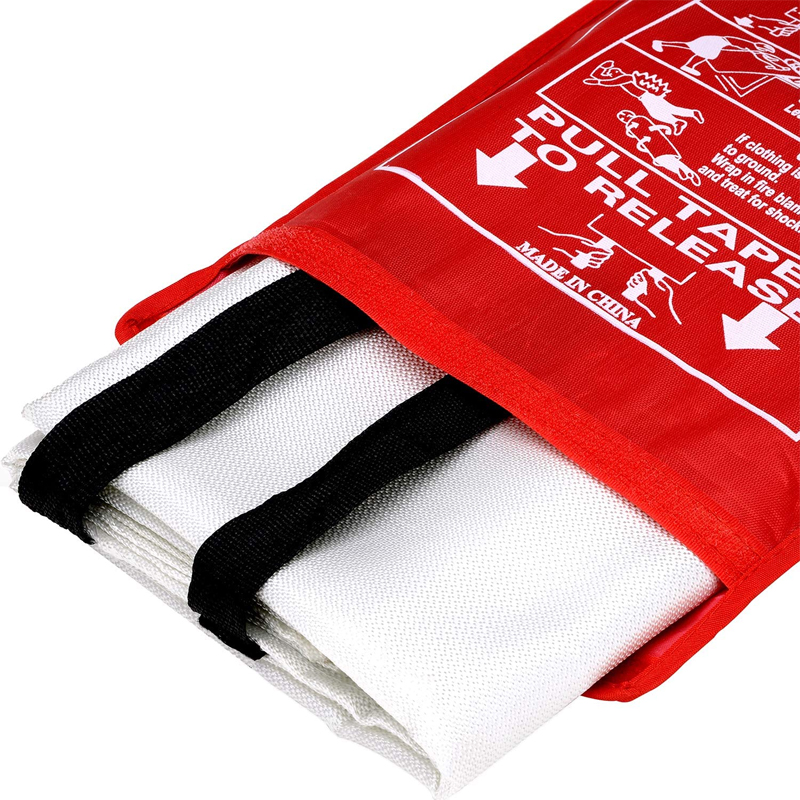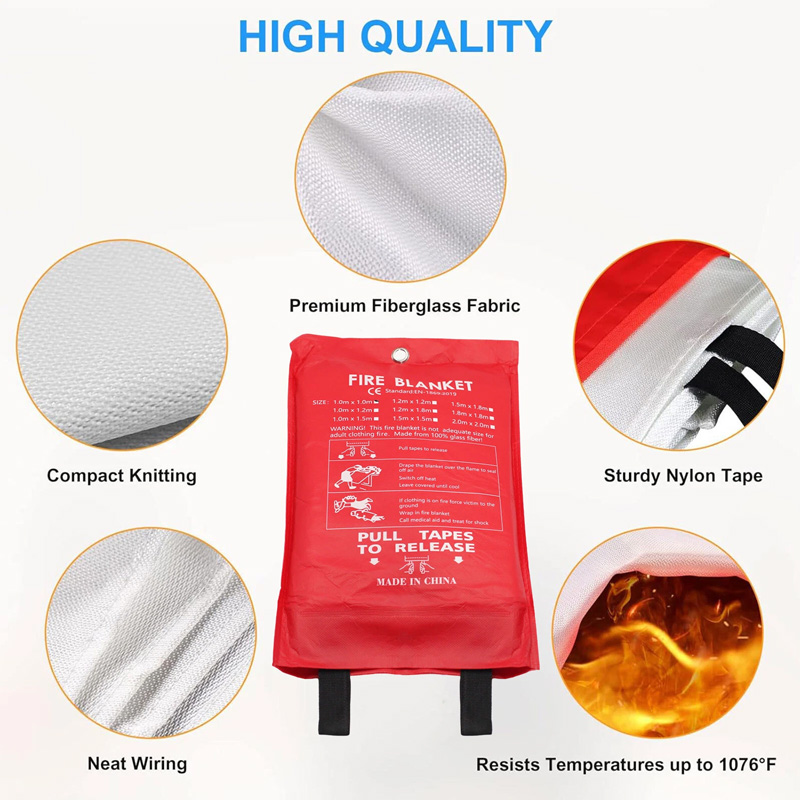Fire Blanket Chemistry: How It Works and Why It's Essential for Safety
Fire blankets are crucial safety tools that smother small fires by cutting off oxygen. Understanding fire blanket chemistry helps you use them effectively. This article explains their materials, working principles, and proper applications in different fire scenarios.
The Science Behind Fire Blanket Chemistry
Fire blankets work on a simple chemical principle: fire needs oxygen to burn. When you place a fire blanket over flames, it creates a barrier between the fire and surrounding air. This oxygen deprivation is what makes fire blankets effective.

Modern fire blankets are typically made from fiberglass or specially treated wool. These materials have excellent fire-resistant properties:
- Fiberglass:Can withstand temperatures up to 1000°F (538°C) without melting or burning
- Treated wool:Naturally fire-resistant and can self-extinguish when the flame source is removed
The chemistry of fire blankets also involves their surface treatment. Many contain fire-retardant chemicals that release water vapor when heated, helping to cool the fire while smothering it.
How Fire Blanket Chemistry Differs from Fire Extinguishers
While fire extinguishers use chemical agents to interrupt the fire triangle (heat, fuel, oxygen), fire blankets work purely through physical means. This makes them particularly useful for:
- Grease fires in kitchens (where water or some extinguishers could spread the fire)
- Clothing fires on a person
- Small electrical fires (when the power is off)
The chemistry of fire blankets makes them safer for certain situations because they don't release potentially harmful chemicals or leave residue that needs cleaning.
Choosing the Right Fire Blanket Based on Chemistry
Not all fire blankets are equal. When selecting one, consider:
- Material composition:Fiberglass offers higher temperature resistance than wool
- Size:Larger blankets can cover more area but may be harder to handle
- Certifications:Look for blankets meeting EN 1869 or similar standards
- Edge treatment:Some have fire-resistant stitching or reinforced edges
Understanding fire blanket chemistry helps you make informed decisions about placement too. Keep them accessible in high-risk areas like kitchens, workshops, and near electrical equipment.
Proper Use of Fire Blankets According to Their Chemistry
To use a fire blanket effectively:
- Pull the tabs to release the blanket from its container
- Hold the blanket by the corners with your hands protected behind it
- Place the blanket gently over the fire, starting from the near edge
- Leave it in place until the area has completely cooled
Remember that fire blanket chemistry works best on small, contained fires. Never use them on large or spreading fires, and always evacuate if the fire grows beyond control.
Maintenance and Fire Blanket Chemistry Longevity
Fire blankets don't last forever. Their chemical properties can degrade over time. Check your blanket regularly for:
- Visible damage like tears or holes
- Discoloration that might indicate heat exposure
- Expired certification dates
Most manufacturers recommend replacing fire blankets every 5-7 years, even if they appear undamaged. The fire-resistant treatments can break down over time, reducing effectiveness.
Advanced Fire Blanket Chemistry Innovations
Recent developments in fire blanket chemistry include:
- Nanotechnology coatings:Adding microscopic layers that enhance heat reflection
- Phase-change materials:That absorb more heat energy during the smothering process
- Eco-friendly treatments:Using less harmful fire-retardant chemicals
These innovations make modern fire blankets more effective while addressing environmental concerns about traditional fire safety products.
Conclusion: Fire Blanket Chemistry Saves Lives
Understanding fire blanket chemistry helps you use this simple tool more effectively. By cutting off oxygen without introducing new chemicals, fire blankets offer a clean, reliable way to handle small fires. Keep one in your home and workplace, and make sure everyone knows how to use it properly.
Remember that while fire blanket chemistry is effective for small fires, always prioritize evacuation for larger fires and call emergency services immediately.






